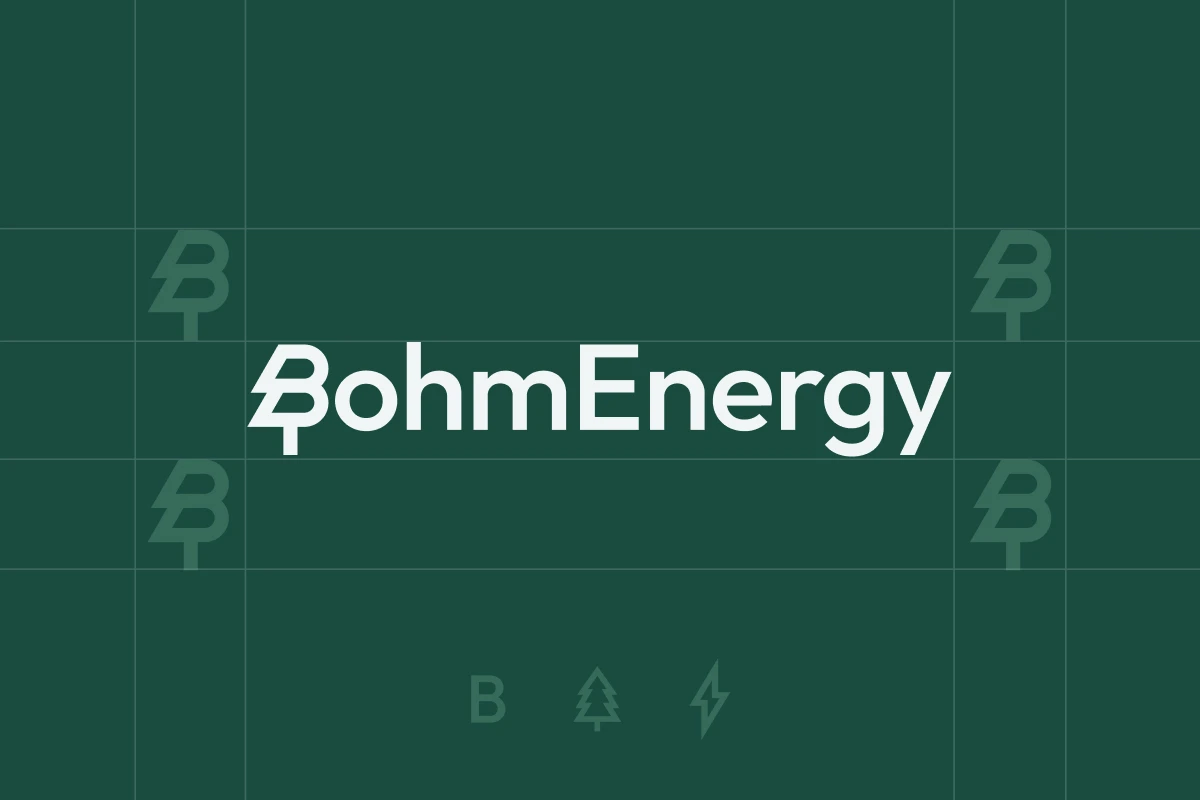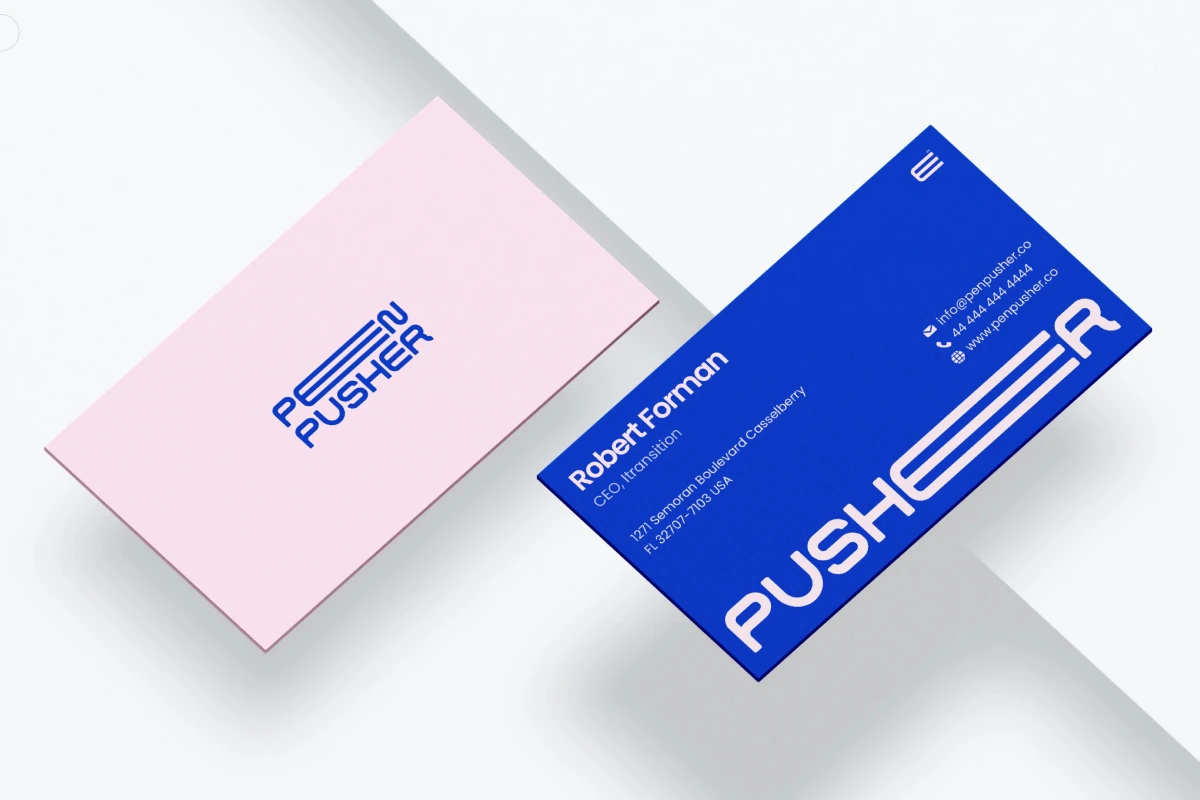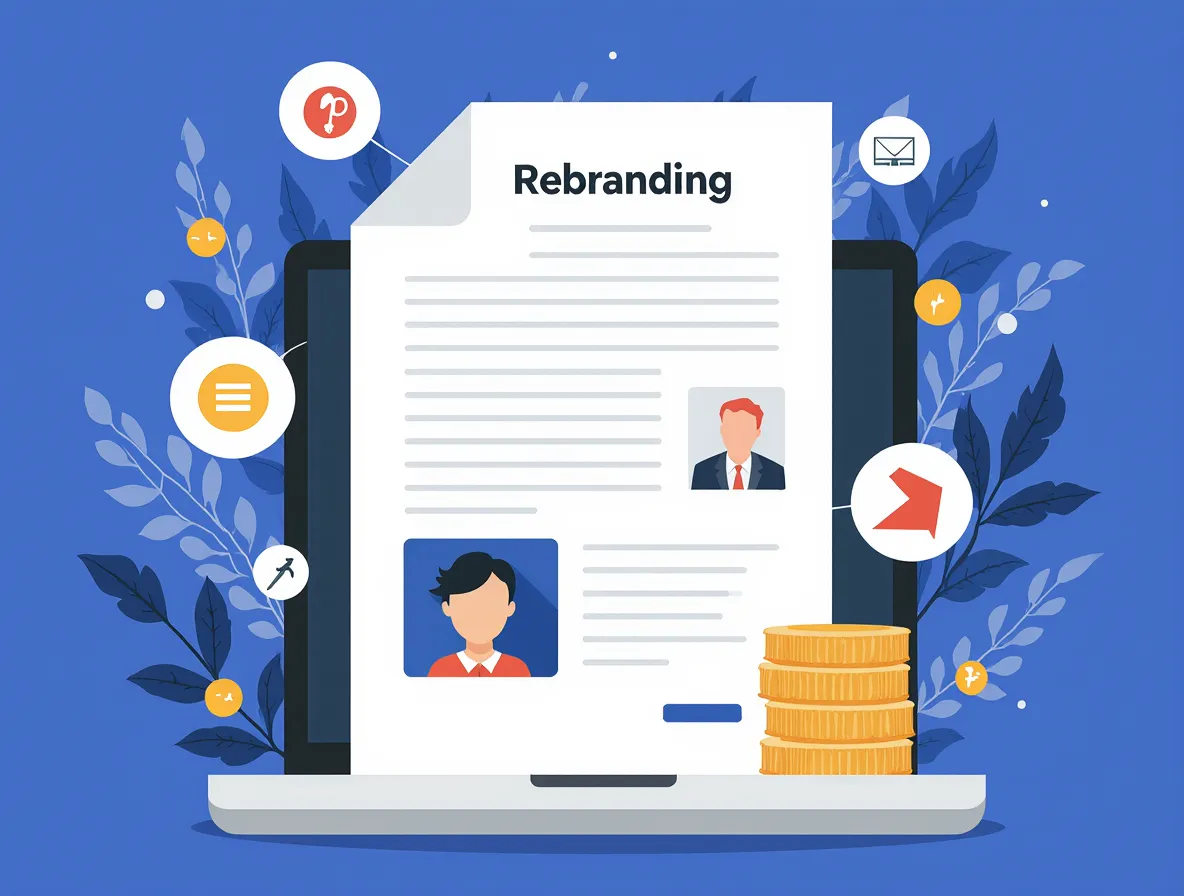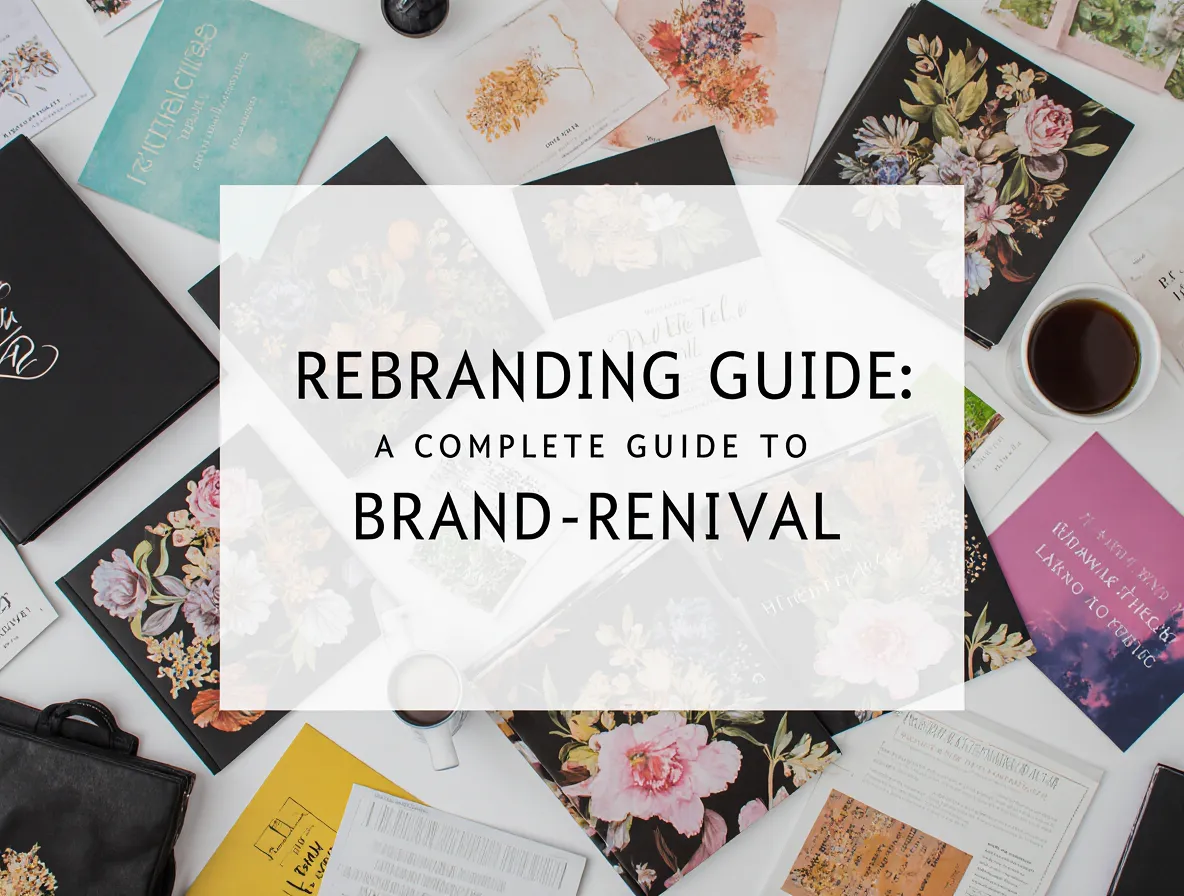A brand audit reveals whether your brand identity matches market perception and identifies specific gaps costing you customers. Most mid-sized companies discover 3-5 fixable misalignments that directly impact revenue.
More about the brand refresh:
How Did We Get Here? The Evolution of Brand Assessment
Fifteen years ago, brand assessment meant hiring expensive consultancies to conduct focus groups. The process took months and cost $50,000 to $200,000. Small businesses couldn't access it.

Digital tools changed this landscape. Social listening platforms and customer data systems made brand measurement affordable. Some companies tried automated-only approaches using AI sentiment scanners. These failed because algorithms missed cultural context and emotional nuance.
Today's hybrid model combines quantitative digital metrics with qualitative human insight. You get speed without sacrificing depth.
What Does Brand Audit Mean? Define the Purpose and Meaning
To define brand audit clearly: it's a systematic evaluation of visual identity consistency, market positioning accuracy, and customer perception alignment. The meaning behind this strategic exercise centers on discovering how your brand lives in customers' minds versus how you intend it to live.
You examine every customer touchpoint—website, social media, packaging, sales materials, customer service interactions. Each element either strengthens or dilutes your brand promise. The evaluation measures this variance across channels.
To keep your brand relevant and competitive, conducting a brand audit is essential. In this guide, we’ll walk you through the process and show how it can be the foundation for a successful brand refresh. At Celerart, we specialize in brand refresh services that help elevate your brand and make it more impactful.
Internal assessment covers logo usage across touchpoints, messaging tone analysis, employee brand understanding, and product delivery alignment with promises. External analysis examines competitor positioning, customer insights from reviews, brand awareness in target demographics, and price perception relative to competition.
Most audits uncover that internal teams believe the brand stands for one thing while customers perceive something entirely different. This brand perception gap costs conversions.
Why Some Brands Skip Formal Audits
Some successful companies argue that formal audits introduce analysis paralysis. They believe staying close to customers through daily interactions provides better insight than structured assessment.
This works for founder-led companies under 20 employees where the founder directly handles most customer relationships. At that scale, informal feedback loops suffice.
For companies with 50+ employees or multiple customer segments, informal methods miss critical blind spots. Without systematic collection, these disconnects remain invisible until they cause serious reputation damage and revenue impact.
Brand Audit Steps: Your Framework for Conducting a Brand Audit

The brand audit steps follow a logical progression from internal analysis to external validation. Here's how conducting a brand audit works in practice:
Step 1: Define Your Benchmark (Week 1)
Document what your brand currently claims to be. Pull your mission statement, value propositions, and key messaging. This becomes your measuring stick for the brand audit process.
Step 2: Collect Internal Data (Weeks 1-2)
Audit all marketing materials for consistency. Survey employees about brand values. Most companies find 40-60% of materials contain outdated messaging or off-brand visuals during this brand design audit phase.
Step 3: Gather External Intelligence (Weeks 2-3)
Mine customer reviews for recurring themes. Track social media sentiment. Interview 10-15 recent customers about their perception. This market research reveals how your audience actually experiences your brand identity.
{{vad-quote-1}}
Step 4: Competitive Positioning Analysis (Week 3)
Map where you sit versus competitors on key attributes customers care about. This competitive brand audit component shows whether you're fighting in overcrowded territory instead of owning unique space. The competitive analysis should examine visual differentiation and messaging strategies.
Step 5: Synthesize Findings (Week 4)
Create a gap analysis showing discrepancies between intended brand and perceived brand. Prioritize issues by business impact and brand value contribution.
What Can Go Wrong: Three Common Brand Audit Mistakes
Mistake 1: Confusing Brand Refresh With Complete Rebrand
Many marketers see audit findings and immediately want to redesign everything. This seems proactive—fixing all problems at once.
Established brands have existing equity. Complete rebrands of established companies result in 15-20% temporary customer confusion, which translates to lost sales during transition. You're essentially asking people to relearn who you are.
Mistake 2: Surveying Only Happy Customers
You naturally want to talk to people who love your brand. Their enthusiasm feels validating and their feedback is pleasant to hear.
Satisfied customers can't tell you why others don't choose you. A software company discovered through lost-deal analysis that 70% of prospects didn't understand their core offering. Happy customers knew—but they represented only 8% of their addressable market.
Mistake 3: Conducting Audits Without Budget Allocation
Some businesses audit their brand as an academic exercise, generating insights without resources to implement fixes.
Your team spends 80-120 hours discovering problems they can't solve. This creates frustration. Team members stop taking strategic initiatives seriously because nothing ever gets implemented. The organizational cost exceeds the wasted audit hours.
How Does Your Brand Health Audit Compare?
The brand health audit scope you choose depends on your organizational complexity and refresh timeline. Larger enterprises benefit from comprehensive analysis, while startups often gain sufficient insight from quick assessments.
The Technical Mechanics: How Modern Tools Enhance Audit Accuracy
Brand evaluation effectiveness improved with natural language processing platforms. These systems analyze thousands of customer comments in hours instead of weeks.

Think of it like medical imaging. Doctors once relied solely on physical examination. X-rays and MRIs didn't replace the doctor—they revealed what touch and observation couldn't detect. NLP platforms do the same for brand perception. They find patterns in 10,000 reviews that human reading would miss.
The compromise: automated sentiment analysis achieves 75-80% accuracy. Human review remains essential for context, sarcasm, and cultural references. Budget 20 hours of human analysis for every 5,000 comments processed by AI.
{{vad-quote-2}}
Lesser-Known Audit Discoveries
Three insights that rarely make it into standard marketing audit reports:
- Price Architecture Misalignment: Brands positioned as premium often use discount-heavy sales tactics that train customers to wait for promotions. This contradiction appears in pricing strategy, not visual identity.
- Channel-Specific Personality Drift: Your brand voice on LinkedIn often diverges from Instagram, creating multiple brand personalities. Customers encountering you on different platforms see different companies.
- Legacy Baggage Persistence: Old taglines and positioning statements disappear from official materials but persist in customer language for 3-5 years. Your 2018 positioning still shapes how existing customers describe you in 2024.
What Happens After Conducting Brand Audit Analysis?
Your evaluation produces a prioritized action roadmap. The purpose of brand audit work becomes clear when you translate findings into measurable improvements. Track implementation in three phases:
- Quick Wins (Weeks 1-4): Fix messaging consistency and visual standardization across touchpoints. These low-effort changes improve brand equity immediately.
- Medium-Term Initiatives (Months 2-6): Address positioning gaps and competitive differentiation through updated marketing materials. This phase focuses on performance optimization across customer touchpoints.
- Long-Term Strategic Shifts (Months 7-18): Implement service model changes or target audience pivots requiring significant investment and stakeholder alignment.
{{vad-quote-3}}
The companies seeing 15-25% improvement in brand perception metrics within 12 months share one trait: they commit resources before starting the evaluation. They treat it as Phase One of a refresh initiative, not a standalone analysis project.
Understanding the Process of Brand Audit Implementation
The process of brand audit implementation requires careful orchestration. Understanding the steps of brand audit execution helps teams allocate resources appropriately and set realistic expectations with stakeholders.
The conducting brand audit phase demands cross-functional collaboration. Marketing, sales, customer service, and product teams all hold pieces of the brand perception puzzle. Without their input, your assessment remains incomplete.
Your brand either works for you or against you in every customer interaction. A thorough assessment shows you which is happening right now.































